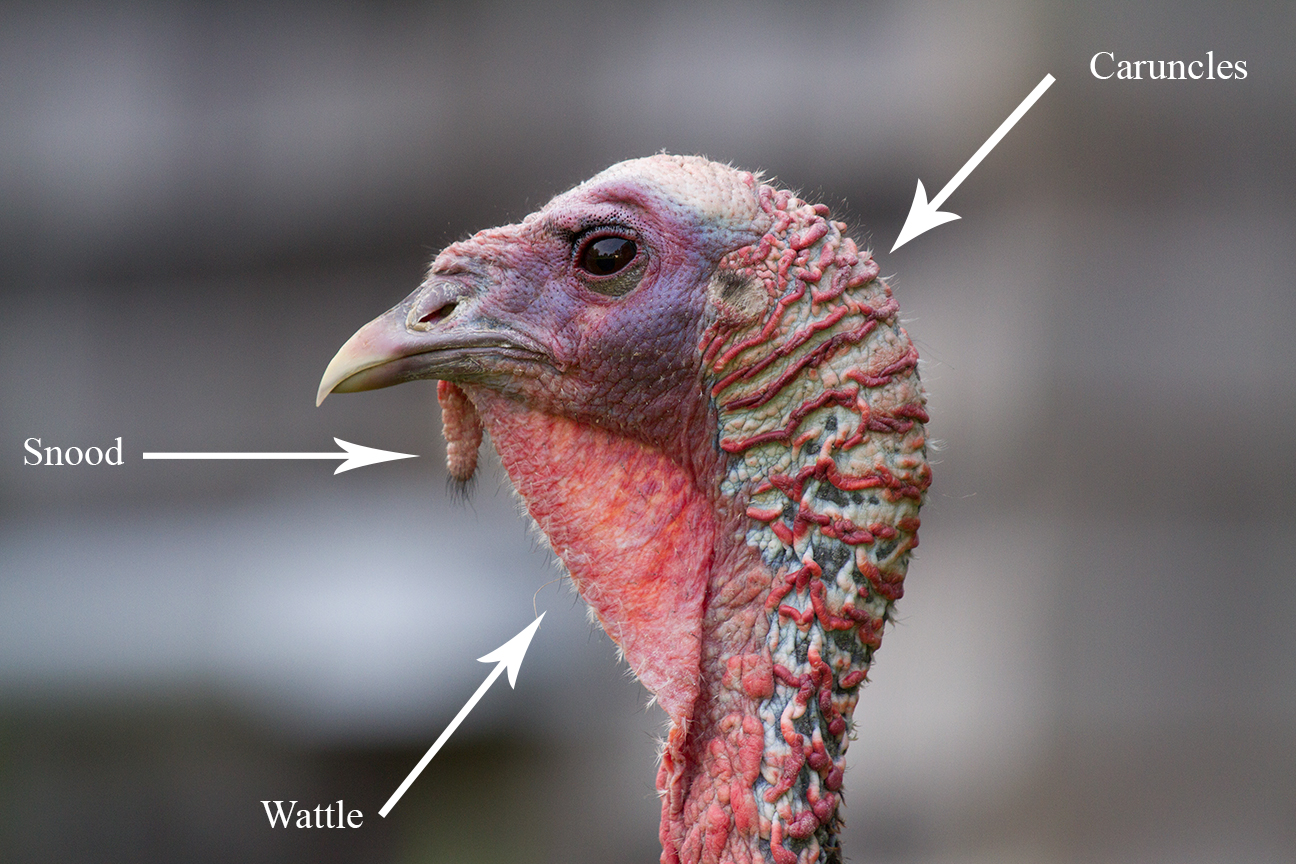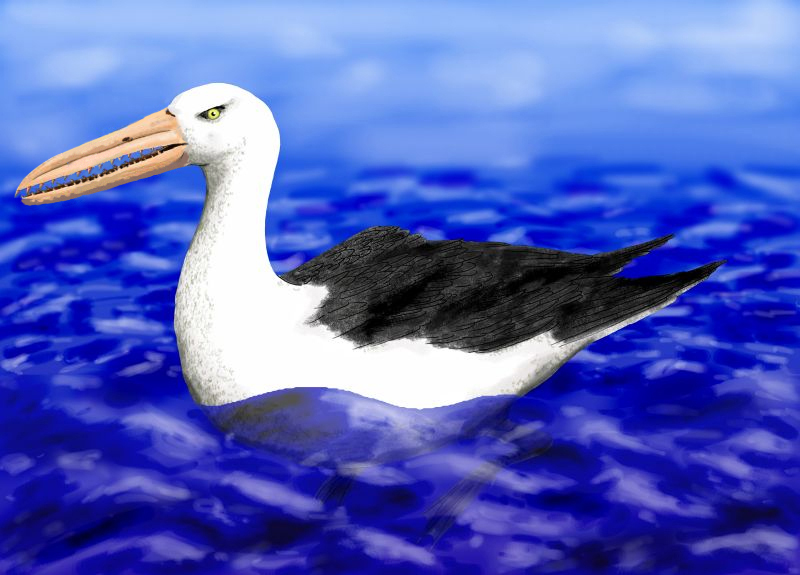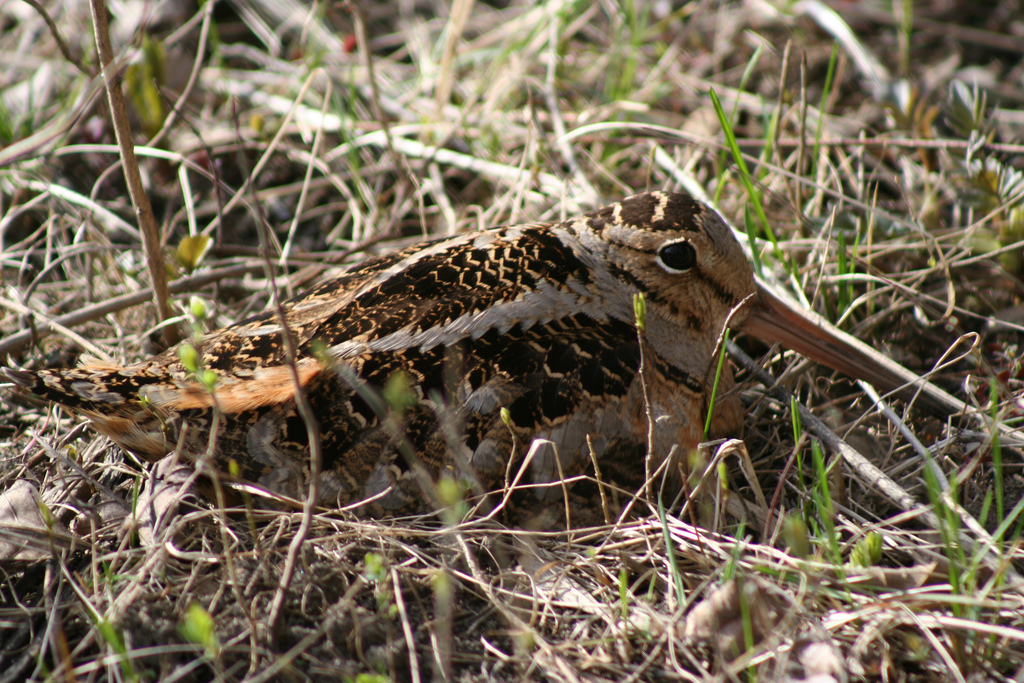|
Willow Slough Fish And Wildlife Area
Willow Slough Fish and Wildlife Area is an area in Newton County, Indiana dedicated to providing hunting and fishing opportunities while maintaining , 1,800 of which are open water, marshes, and flooded crop land. History Willow Slough began with the purchase of of land in 1949. Further purchasing continued to bring the total size of the park to . J.C. Murphey Lake, the park reservoir, was completed in 1951. Most parts of Willow Slough were once formerly grazed, hayed, and cultivated. A railroad also ran through the property at one time, and portions of an old train station can still be found in the area. It was also a mob dumping place for bodies in the 1920s-1980s. In 1986 the bodies of Chicago Outfit mobsters Anthony Spilotro, Anthony and Michael Spilotro were discovered in the preserve, events later depicted in the film Casino (1995 film), ''Casino''. Rules and regulations Besides the state fish and wildlife laws, the property is governed by posted regulations licensed by the ... [...More Info...] [...Related Items...] OR: [Wikipedia] [Google] [Baidu] |
Morocco, Indiana
Morocco is a town in Beaver Township, Newton County, in the U.S. state of Indiana. The population was 1,129 at the 2010 census. History Morocco was laid out in 1851. The town was named either after Morocco, in North Africa or a traveler's Moroccan red boots. A post office has been in operation at the town since 1859. The Scott-Lucas House and Seller's Standard Station and Pullman Diner are listed on the National Register of Historic Places. Geography Morocco is located at (40.975650, -87.423193). According to the 2010 census, Morocco has a total area of , all land. Demographics 2010 census As of the census of 2010, there were 1,129 people, 463 households, and 299 families living in the town. The population density was . There were 526 housing units at an average density of . The racial makeup of the town was 99.1% White, 0.1% African American, 0.1% Native American, 0.2% Asian, 0.2% from other races, and 0.4% from two or more races. Hispanic or Latino of any race were 2.2% ... [...More Info...] [...Related Items...] OR: [Wikipedia] [Google] [Baidu] |
Crappie
Crappies () are two species of North American freshwater fish of the genus ''Pomoxis'' in the family Centrarchidae (sunfishes). Both species of crappies are popular game fish among recreational anglers. Etymology The genus name ''Pomoxis'' literally means "sharp cover", referring to the fish's spiny gill covers (opercular bones). It is composed of the Greek (, cover) and (, "sharp"). The common name (also spelled ''croppie'' or ''crappé'') derives from the Canadian French , which refers to many different fishes of the sunfish family. Other names for crappie are papermouths, strawberry bass, speckled bass or specks (especially in Michigan), speckled perch, white perch, crappie bass, calico bass (throughout the Middle Atlantic states and New England), and Oswego bass. In Louisiana, it is called sacalait ( frc, sac-à-lait, ), seemingly an allusion to its milky white flesh or silvery skin. The supposed French meaning is, however, folk etymology, because the word ... [...More Info...] [...Related Items...] OR: [Wikipedia] [Google] [Baidu] |
Wild Turkey
The wild turkey (''Meleagris gallopavo'') is an upland ground bird native to North America, one of two extant species of turkey and the heaviest member of the order Galliformes. It is the ancestor to the domestic turkey, which was originally derived from a southern Mexican subspecies of wild turkey (not the related ocellated turkey). Description Adult wild turkeys have long reddish-yellow to grayish-green legs. The body feathers are generally blackish and dark, sometimes grey brown overall with a coppery sheen that becomes more complex in adult males. Adult males, called toms or gobblers, have a large, featherless, reddish head, red throat, and red wattles on the throat and neck. The head has fleshy growths called caruncles. Juvenile males are called jakes; the difference between an adult male and a juvenile is that the jake has a very short beard and his tail fan has longer feathers in the middle. The adult male's tail fan feathers will be all the same length. When mal ... [...More Info...] [...Related Items...] OR: [Wikipedia] [Google] [Baidu] |
Waterfowl
Anseriformes is an order of birds also known as waterfowl that comprises about 180 living species of birds in three families: Anhimidae (three species of screamers), Anseranatidae (the magpie goose), and Anatidae, the largest family, which includes over 170 species of waterfowl, among them the ducks, geese, and swans. Most modern species in the order are highly adapted for an aquatic existence at the water surface. With the exception of screamers, males have penises, a trait that has been lost in the Neoaves. Due to their aquatic nature, most species are web-footed. Evolution Anseriformes are one of only two types of modern bird to be confirmed present during the Mesozoic alongside the other dinosaurs, and in fact were among the very few birds to survive their extinction, along with their cousins the galliformes. These two groups only occupied two ecological niches during the Mesozoic, living in water and on the ground, while the toothed enantiornithes were the dominant bir ... [...More Info...] [...Related Items...] OR: [Wikipedia] [Google] [Baidu] |
Woodcock
The woodcocks are a group of seven or eight very similar living species of wading birds in the genus ''Scolopax''. The genus name is Latin for a snipe or woodcock, and until around 1800 was used to refer to a variety of waders. The English name its first recorded in about 1050. According to the Harleian Miscellany, a group of woodcocks is called a "fall". Taxonomy The genus ''Scolopax'' was introduced in 1758 by the Swedish naturalist Carl Linnaeus in the tenth edition of his ''Systema Naturae''. The genus name is Latin for a snipe or woodcock. The type species is the Eurasian woodcock (''Scolopax rusticola''). Only two woodcocks are widespread, the others being localized island endemics. Most are found in the Northern Hemisphere but a few range into the Greater Sundas, Wallacea and New Guinea. Their closest relatives are the typical snipes of the genus '' Gallinago''. As with many other sandpiper genera, the lineages that led to ''Gallinago'' and ''Scolopax'' likely div ... [...More Info...] [...Related Items...] OR: [Wikipedia] [Google] [Baidu] |
Dove
Columbidae () is a bird family consisting of doves and pigeons. It is the only family in the order Columbiformes. These are stout-bodied birds with short necks and short slender bills that in some species feature fleshy ceres. They primarily feed on seeds, fruits, and plants. The family occurs worldwide, but the greatest variety is in the Indomalayan and Australasian realms. The family contains 344 species divided into 50 genera. Thirteen of the species are extinct. In English, the smaller species tend to be called "doves" and the larger ones "pigeons". However, the distinction is not consistent, and does not exist in most other languages. Historically, the common names for these birds involve a great deal of variation between the terms. The bird most commonly referred to as just "pigeon" is the domestic pigeon, which is common in many cities as the feral pigeon. Doves and pigeons build relatively flimsy nests, often using sticks and other debris, which may be placed ... [...More Info...] [...Related Items...] OR: [Wikipedia] [Google] [Baidu] |
Squirrel
Squirrels are members of the family Sciuridae, a family that includes small or medium-size rodents. The squirrel family includes tree squirrels, ground squirrels (including chipmunks and prairie dogs, among others), and flying squirrels. Squirrels are indigenous to the Americas, Eurasia, and Africa, and were introduced by humans to Australia. The earliest known fossilized squirrels date from the Eocene epoch, and among other living rodent families, the squirrels are most closely related to the mountain beaver and to the dormice. Etymology The word ''squirrel'', first attested in 1327, comes from the Anglo-Norman which is from the Old French , the reflex of a Latin word , which was taken from the Ancient Greek word (; from ) 'shadow-tailed', referring to the long bushy tail which many of its members have. The native Old English word for the squirrel, , survived only into Middle English (as ) before being replaced. The Old English word is of Common Germanic origin, c ... [...More Info...] [...Related Items...] OR: [Wikipedia] [Google] [Baidu] |
Rabbit
Rabbits, also known as bunnies or bunny rabbits, are small mammals in the family Leporidae (which also contains the hares) of the order Lagomorpha (which also contains the pikas). ''Oryctolagus cuniculus'' includes the European rabbit species and its descendants, the world's 305 breeds of domestic rabbit. ''Sylvilagus'' includes 13 wild rabbit species, among them the seven types of cottontail. The European rabbit, which has been introduced on every continent except Antarctica, is familiar throughout the world as a wild prey animal and as a domesticated form of livestock and pet. With its widespread effect on ecologies and cultures, the rabbit is, in many areas of the world, a part of daily life—as food, clothing, a companion, and a source of artistic inspiration. Although once considered rodents, lagomorphs like rabbits have been discovered to have diverged separately and earlier than their rodent cousins and have a number of traits rodents lack, like two extra ... [...More Info...] [...Related Items...] OR: [Wikipedia] [Google] [Baidu] |
Quail
Quail is a collective name for several genera of mid-sized birds generally placed in the order Galliformes. The collective noun for a group of quail is a flock, covey, or bevy. Old World quail are placed in the family Phasianidae, and New World quail are placed in the family Odontophoridae. The species of buttonquail are named for their superficial resemblance to quail, and form the family Turnicidae in the order Charadriiformes. The king quail, an Old World quail, often is sold in the pet trade, and within this trade is commonly, though mistakenly, referred to as a "button quail". Many of the common larger species are farm-raised for table food or egg consumption, and are hunted on game farms or in the wild, where they may be released to supplement the wild population, or extend into areas outside their natural range. In 2007, 40 million quail were produced in the U.S. New World *Genus '' Callipepla'' **Scaled quail, (commonly called blue quail) ''Callipepla squamat ... [...More Info...] [...Related Items...] OR: [Wikipedia] [Google] [Baidu] |
Deer
Deer or true deer are hoofed ruminant mammals forming the family Cervidae. The two main groups of deer are the Cervinae, including the muntjac, the elk (wapiti), the red deer, and the fallow deer; and the Capreolinae, including the reindeer (caribou), white-tailed deer, the roe deer, and the moose. Male deer of all species (except the water deer), as well as female reindeer, grow and shed new antlers each year. In this they differ from permanently horned antelope, which are part of a different family ( Bovidae) within the same order of even-toed ungulates (Artiodactyla). The musk deer ( Moschidae) of Asia and chevrotains ( Tragulidae) of tropical African and Asian forests are separate families that are also in the ruminant clade Ruminantia; they are not especially closely related to Cervidae. Deer appear in art from Paleolithic cave paintings onwards, and they have played a role in mythology, religion, and literature throughout history, as well as in hera ... [...More Info...] [...Related Items...] OR: [Wikipedia] [Google] [Baidu] |
Northern Pike
The northern pike (''Esox lucius'') is a species of carnivorous fish of the genus ''Esox'' (the pikes). They are typical of brackish water, brackish and fresh waters of the Northern Hemisphere (''i.e.'' holarctic in distribution). They are known simply as a pike in Great Britain, Britain, Ireland, and most of Eastern Europe, Canada and the United States. Pike can grow to a relatively large size: the average length is about , with maximum recorded lengths of up to and published weights of . The International Game Fish Association, IGFA currently recognizes a pike caught by Lothar Louis on Greffern Lake, Germany, on 16 October 1986, as the all-tackle world-record northern pike. Northern pike grow to larger sizes in Eurasia than in North America, and typically grow to larger sizes in coastal than inland regions of Eurasia. Etymology The northern pike gets its common name from its resemblance to the pole-weapon known as the Pike (weapon), pike (from the Middle English for 'point ... [...More Info...] [...Related Items...] OR: [Wikipedia] [Google] [Baidu] |
Redear Sunfish
The redear sunfish (''Lepomis microlophus''), also known as the shellcracker, Georgia bream, cherry gill, chinquapin, improved bream, rouge ear sunfish and sun perch) is a freshwater fish in the family Centrarchidae and is native to the southeastern United States. Since it is a popular sport fish, it has been introduced to bodies of water all over North America. It is known for its diet of mollusks and snails. Description The redear sunfish generally resembles the bluegill except for coloration and somewhat larger size. The redear sunfish also has faint vertical bars traveling downwards from its dorsal. It is dark-colored dorsally and yellow-green ventrally. The male has a cherry-red edge on its operculum; females have orange coloration in this area. The adult fish are between in length. Max length is , compared to a maximum of about for the bluegill. ''Redear sunfish'' on average reach about , also larger than the average bluegill. Habitat and range Redear sunfish are ... [...More Info...] [...Related Items...] OR: [Wikipedia] [Google] [Baidu] |






.jpg)
.jpg)
